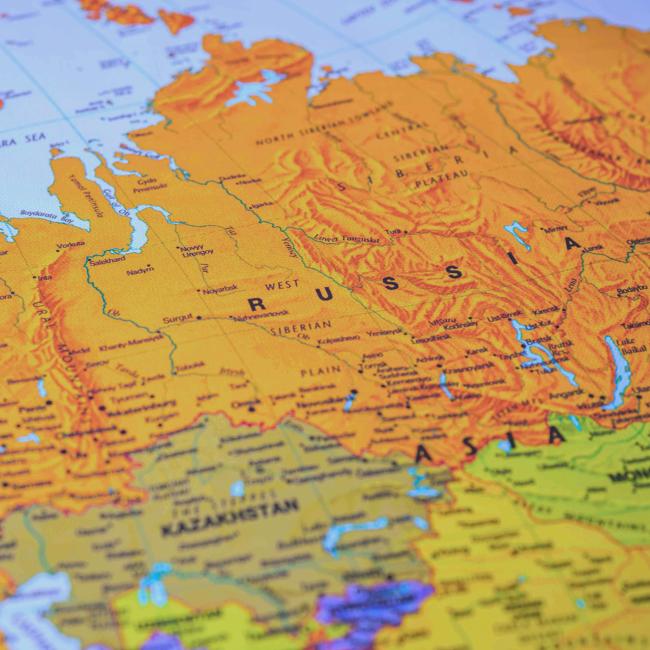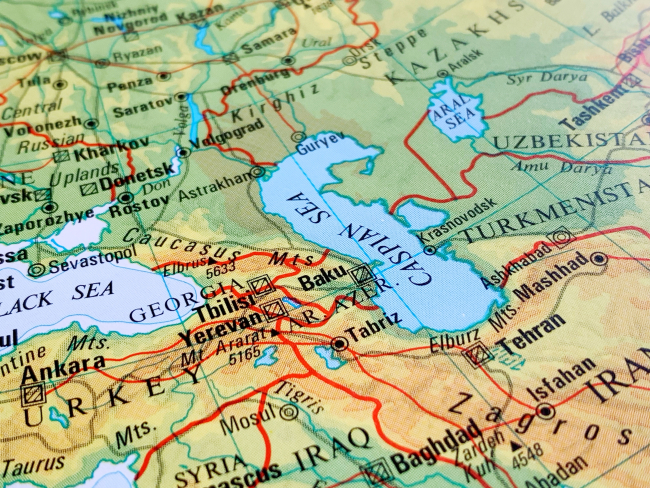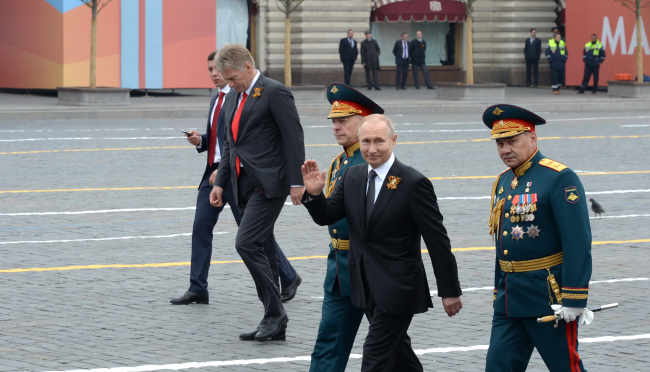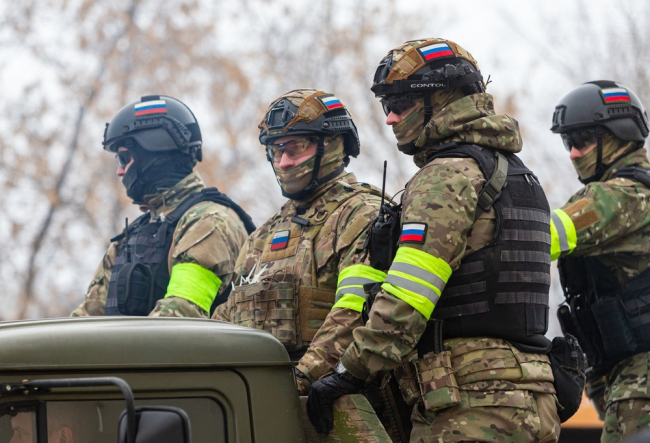China’s Ambitions in Eastern Europe and the South Caucasus
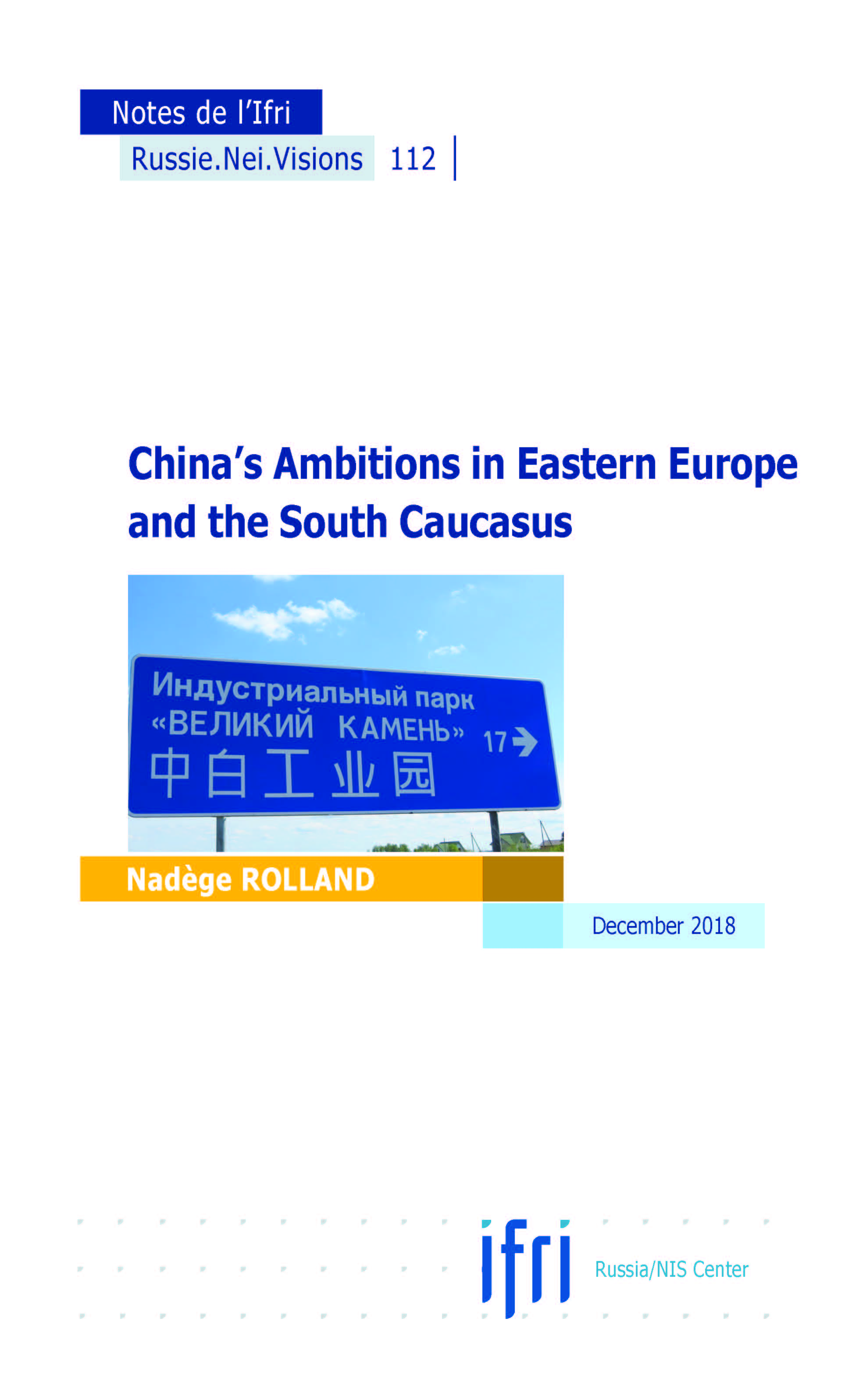
Eastern Europe and the South Caucasus have long been a blind-spot for Chinese diplomacy and economic policy. For over a decade, however, China has been laying the foundations of a long-term presence in the area, a process which has accelerated since the end of 2013 with the launch of the Belt and Road Initiative.
Since then, China has pushed forward across many different sectors, funding the construction of infrastructure, prompting local governments to cooperate over defence and internal security and cultivating ties with political and business elites.
Belarus, Ukraine, Moldova, Azerbaijan, Armenia and Georgia are not a priority for Beijing in and of themselves but are instead essential pieces in a game that will be played over the long term across the Eurasian continent. Beijing’s evolving strategy in the area should therefore be seen in the wider context of its aim to strengthen its influence across the whole continent in order to challenge American power. Even though China takes pains to tread lightly, its presence risks undermining democratic norms and Western influence in the area.
Nadège Rolland is a Senior Fellow and specialist in Asian politics and strategy at the National Bureau of Asian Research (NBR), an independent American think-tank based in Seattle and Washington, DC.
Download the full analysis
This page contains only a summary of our work. If you would like to have access to all the information from our research on the subject, you can download the full version in PDF format.
China’s Ambitions in Eastern Europe and the South Caucasus
Related centers and programs
Discover our other research centers and programsFind out more
Discover all our analysesThe Caspian Sea as an Emerging Energy Hub : Potentials and Limitations
This report analyzes the prospects of the Caspian Sea region — and its key actors except for Russia and Iran — becoming an important energy hub serving the needs of the European Union (EU).
The European Union's Strategic Test in Georgia
The political crisis brewing in Georgia is of an existential nature for the country. What is at stake is Georgia's future as a democratic and sovereign European nation (EU).
Commanders of Putin's Long War: Purged, Reshuffled and Disgruntled
The trend of reshuffling the Russian top military command in the course of a fast-evolving and far from successful war has progressed unevenly both across the Armed Forces’ structures and in time. The rationale for and timing of the abrupt cadre decisions made by Commander-in-Chief Putin often defy logical explanation, and the rare official clarifications are no more informative than the usual information blackout.
Russian Military Manpower After Two and a Half Years of War in Ukraine
In addition to a military victory in Ukraine, the Russian leadership is planning to build up sizable troop formations for a possible conflict with NATO in the Baltic region and the Kola Peninsula. In particular, current plans aim for the military manpower to grow by about 350,000, reaching a total of 1.5 million soldiers and commanders. In the context of the current conflict in Ukraine, this cannot be accomplished without a new wave of mass mobilization.





